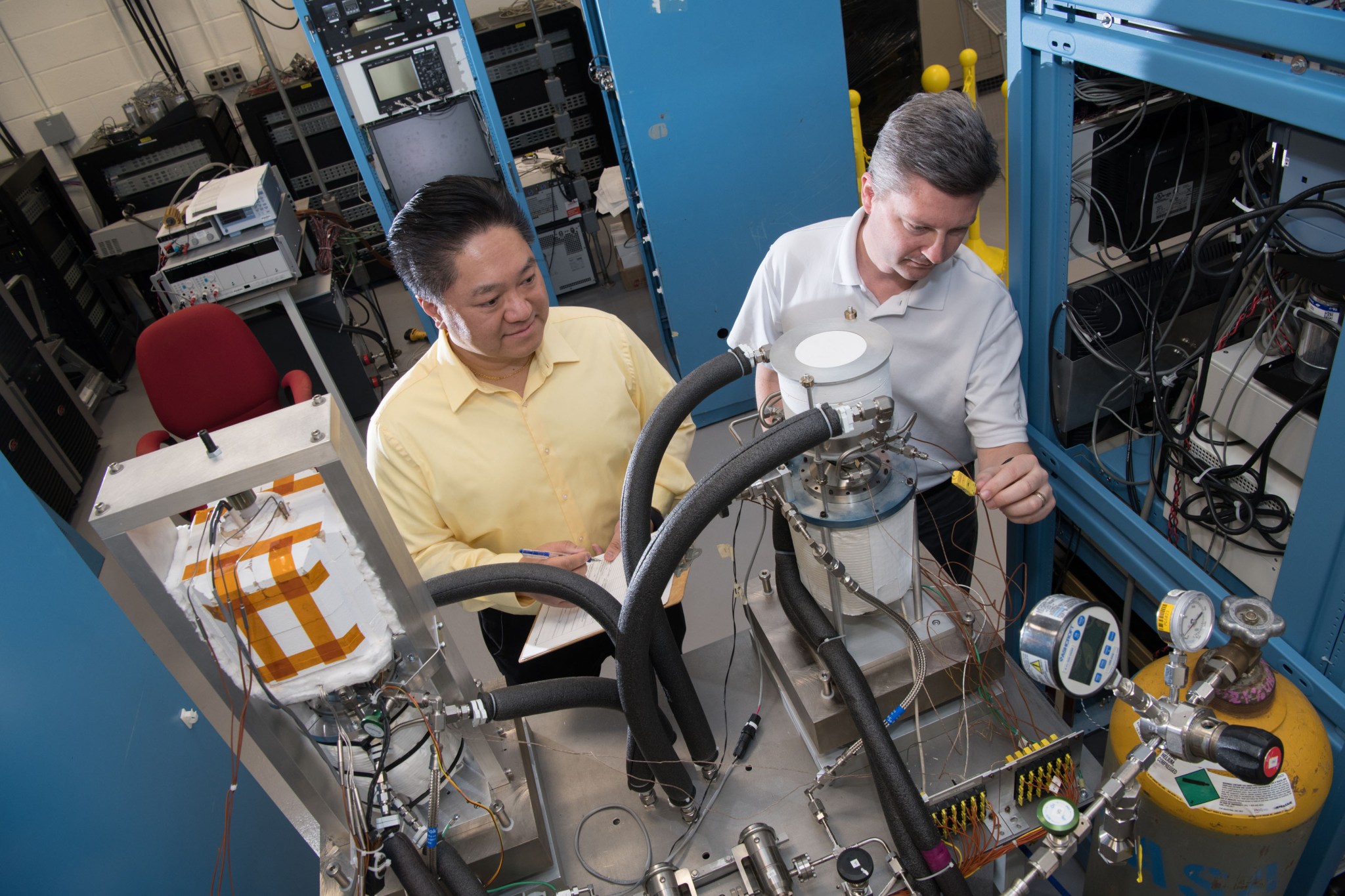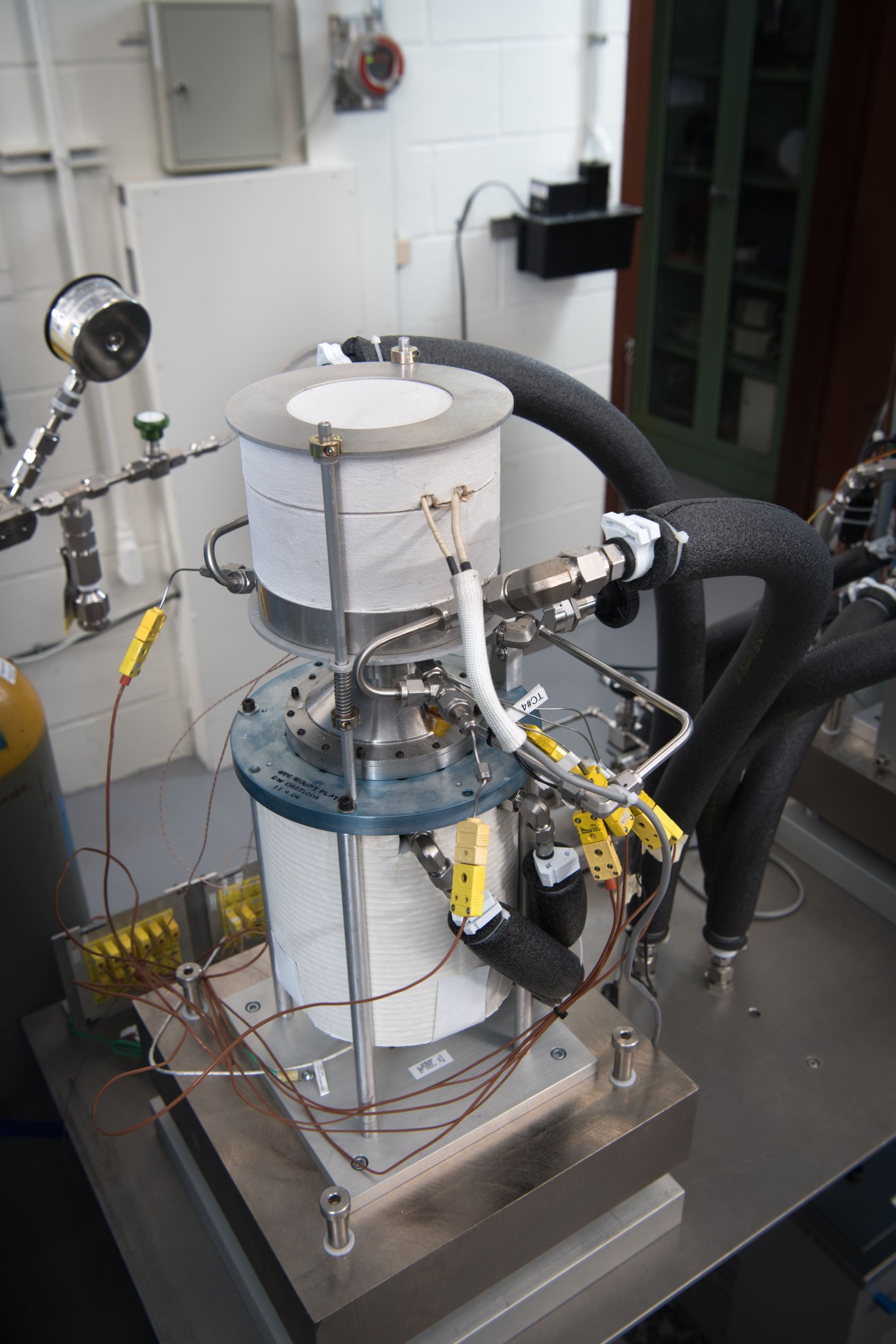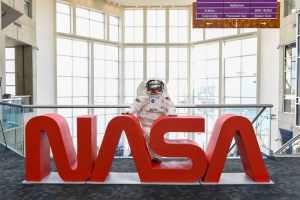Stirling convertors can teach us a lesson in the value of perseverance. On March 9, a free-piston Stirling power convertor accomplished 14 years of maintenance-free operation in the Stirling Research Laboratory at NASA’s Glenn Research Center. This technology is proving our ability to power spacecraft on long-duration, future space missions.
As NASA seeks to learn more about the universe and our place in it, scientists and engineers are working on new Dynamic Radioisotope Power Systems (RPS) to enable missions to dark, dusty, or distant worlds. These efficient new systems could enable missions on the Moon or Mars. And for deep space science missions, they could sustain power longer (while using less fuel) so that more power would be available later in the mission when it is needed most for operating science instruments and transmitting data back to Earth.
“This new milestone is particularly significant,” said Wayne Wong, chief of Glenn’s Thermal Energy Conversion Branch. “Previous flight projects determined that the mission duration requirement for RPS is 14 years, particularly for outer planetary missions with long cruise times.”
Wong explained that technological innovations such as non-contact seals and bearings enable maintenance-free moving mechanical devices that exhibit no wear. The RPS Program develops free-piston Stirling technology as a much higher efficiency alternative to the thermoelectric power systems currently used for deep space missions and Mars rovers.
Called the Technology Demonstration Convertor (TDC) #13, the record-breaking power convertor is the oldest of several convertors with 10 to 14 years of operation on tests that have shown no signs of degradation. This unit began operation at Glenn in 2002 after it was delivered by Stirling Technology Company.
How does it work? The decay of radioisotope fuel provides heat energy and the Stirling convertor turns it into electricity. Free floating pistons inside the convertor’s engine move continuously at high frequency, but the moving surfaces have no contact with other parts. Engineers have eliminated the wear mechanisms by using non-contact bearings.
The Dynamic RPS Project is developing three next-generation power convertor designs, including one that is based on the record-setting TDC #13. Prototypes of each design will be delivered to Glenn later this year for rigorous testing to ensure they meet the demands of future science missions.
Doreen Zudell
NASA’s Glenn Research Center

































